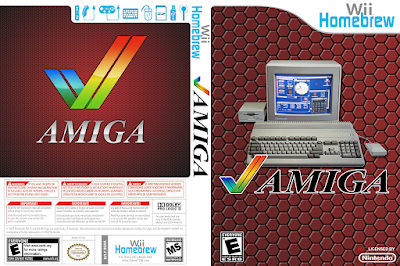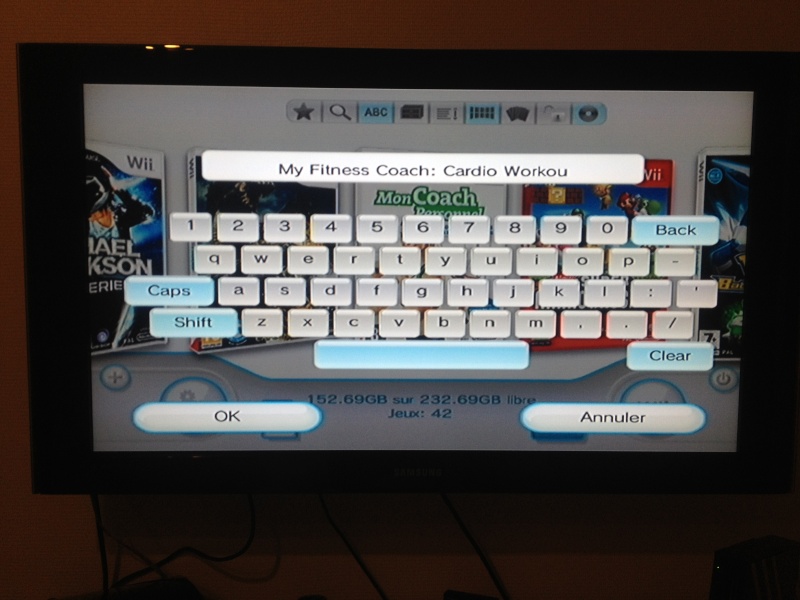
On April 21, 2012, SSNES was officially renamed to RetroArch to reflect this change in direction. It was intended as a replacement to bsnes's Qt-based interface but it grew to support more emulation "cores".
SMS PLUS GX WII PC
It can run on several PC operating systems ( Windows, macOS, Linux), home consoles ( PlayStation 4, Xbox Series X, Wii U, etc.), handheld consoles ( PlayStation Vita, Nintendo Switch, etc.), on smartphones ( Android, iOS, etc.), single-board computers ( Raspberry Pi, ODROID, etc.) and even on web browsers by using the Emscripten compiler.įormerly known as SSNES, initially based on pseudonymous programmer Near's libretro predecessor libsnes, it began its development in 2010 with Hans-Kristian "themaister" Arntzen committing the first change on GitHub.

RetroArch has been ported to many platforms. RetroArch runs programs converted into dynamic libraries called libretro cores, using several user interfaces such as command-line interface, a few graphical user interfaces (GUI) optimized for gamepads (the most famous one being called XMB, a clone of Sony's XMB), several input, audio and video drivers, plus other sophisticated features like dynamic rate control, audio filters, multi-pass shaders, netplay, gameplay rewinding, cheats, etc.
SMS PLUS GX WII PORTABLE
It is the reference implementation of the libretro API, designed to be fast, lightweight, portable and without dependencies.
SMS PLUS GX WII FREE
RetroArch (pronounced / ˌ r ɛ t r oʊ ˈ ɑː r tʃ/) is a free and open-source, cross-platform frontend for emulators, game engines, video games, media players and other applications. IA-32 (x86), x86-64 (圆4), ARMv7, AArch64, PowerPC, MIPS, CellĮnglish, Mandarin, Spanish, German, French, Italian, Japanese, Korean, Dutch, Polish, Portuguese, Russian, Vietnamese, Turkish, Arabic, Greek, Persian, Hebrew, Asturian PlayStation 4, PlayStation 3, PlayStation 2, PlayStation Vita, PlayStation Portable, PlayStation Classic, tvOS cue file for the game of your choice.Unix-like, Linux, Android, iOS, FreeBSD, macOS, Windows 95 and later, Xbox Series X and Series S, Xbox One, Xbox, Nintendo Switch, Nintendo 3DS, Nintendo 2DS, Nintendo GameCube, Nintendo Wii, Nintendo Wii U , cue in the same folder.Īt last, the moment you've been waiting for! All you need to do is fire up Genesis Plus and point to the. You can organize your ripped games on your USB drive however you want to, as long as you keep a game's. Therefore, you should probably click "Options," then "Menu," and switch "ROM Load Device" to USB. bin/.cue rips of games often clocking in at over 500 megabytes in size, you'll probably want a different solution. By default Genesis Plus looks to your SD card for games, but with. The only tricky part is setting it to read games from a USB device rather than your SD card.

Then copy them to your SD card at the root level in genplus/bios.

Find whatever ones you need, extract them, and rename them to bios_CD_U.bin, bios_CD_E.bin, and bios_CD_J.bin.

There are three BIOS files in total: United States, Europe, and Japan. To emulate the Sega CD system, you need to have BIOS files that match the region(s) of your game(s). Scroll down to "Genesis Plus GX Emulator" Click the "A" icon on the right to sort by name Have a properly formatted SD card for Homebrew in your Wii (again, see for help)


 0 kommentar(er)
0 kommentar(er)
